October 18, 2025
Can Nepal be luxurious? Another side of the ‘Gateway to the Himalayas’
For decades, Nepal has been associated primarily with spirituality or extreme adventure — a country of mountaineers, backpacks and tents pitched at the foot of Annapurna. However, in recent years, this mountainous country has begun to write a new chapter in its history. Alongside the rugged trekking trails and monasteries with Buddhist prayers, places that can be classified as luxurious have appeared. Nepal in 2025 is a destination where spirituality and extreme experiences meet with increasingly visible sophistication. Are such changes a threat to the authenticity that is so valuable in Nepal?
Luxury in Nepal has a different dimension than in Dubai or the Maldives. It is not about glamour, but about experiences — the opportunity to wake up to a view of an eight-thousander, a candlelit dinner made from local products, and a peace that cannot be bought anywhere else. Here, luxury is space, silence and proximity to nature, the scale of which can be intimidating.
One of the icons of exclusivity is Dwarika’s Hotel Kathmandu — a boutique hotel combining Newar architecture with the highest standard of service. This place is more like a museum than a resort. Every brick and wooden beam comes from authentic monuments in the Kathmandu Valley, and the interiors are full of sculptures and fabrics created by local craftsmen. Dwarika’s is proof that tradition can be a luxury — if treated with respect.
West of Kathmandu, in the Pokhara Valley, lies the symbol of the new Nepal — The Pavilions Himalayas, the country’s first fully self-sufficient eco-resort. All buildings are powered by solar energy, and the kitchen relies exclusively on products from its own organic farm. Guests have at their disposal private villas with swimming pools and panoramic views of the snow-capped peaks of Annapurna. It is luxury in the spirit of sustainable development — without compromising on comfort. Nepal is an attractive country not only for mountaineers. The country is loved by all those seeking an escape from the hustle and bustle of everyday life. Among them are also people looking for comfortable conditions, good cuisine and high-quality service. This is in line with the trend of contemporary travel among wealthy people.
When travelling in Nepal, you can also discover a completely new market segment – luxury trekking and glamping in the Himalayas. Companies such as Mountain Lodges of Nepal offer exclusive expeditions with private guides, porters, masseurs and chefs, and accommodation in tents that resemble suites rather than expedition camps. The menu features local fusion cuisine: truffle momo dumplings, organic vegetable curry from the Kathmandu Valley and Nepalese wines – increasingly recognised by international sommeliers.
Kathmandu is also seeing the emergence of restaurants that could compete with European fine dining establishments. Worth mentioning is Krishnarpan, a restaurant operating at Dwarika’s Hotel, where tasting dinners take the form of a ritual – dishes are served in sequences symbolising a journey through the regions of Nepal. Mezze by Roadhouse combines a Mediterranean atmosphere with Nepalese energy, while Le Sherpa is considered the best place for lovers of modern cuisine made from local products.
For those seeking absolute peace, Nepal offers something that cannot be found anywhere else – spiritual luxury. In Buddhist monasteries such as Kopan or Thrangu Tashi Yangtse, you can participate in private meditation sessions led by monks. Many wellness resorts combine yoga, sound therapy and Ayurvedic massages with views of snow-capped peaks. Some, such as Dwarika’s Resort Dhulikhel, offer individual consultations with monks and therapeutic baths in herbs harvested in the Himalayas.
Transport in Nepal is also changing. Although the country still has limited infrastructure, private helicopter lines have emerged offering transfers between Kathmandu, Pokhara and Mount Everest Base Camp. For the most demanding travellers, there are also scenic flights over the Himalayas, organised by Buddha Air and Yeti Airlines, with the option of booking the entire plane.
The capital has also seen the emergence of the first private premium boutiques, ranging from contemporary Nepalese designers to international brands. In the Lazimpat district, you can find workshops offering turquoise and silver jewellery with a modern twist, and in Patan, shops selling fabrics made using traditional weaving methods.
Wealthy travellers are also increasingly opting for chartered expeditions, i.e. private expeditions to the Himalayas with luxury service and logistics on a par with a five-star hotel. It is an experience that combines adventure with comfort, while allowing you to touch the essence of this country.
It is also worth mentioning the growing role Nepal is playing in wellness tourism. Global brands such as Six Senses and Aman Resorts are considering opening their first facilities in the region. If this happens, Nepal will become one of the most unique destinations in the world – a place where spirituality and luxury create the perfect balance. Services tailored to the needs of specific customers may become the future of luxury tourism in Nepal.
In an age of excess, Nepal offers something that cannot be bought: peace, quiet and a true encounter with oneself. For travellers who understand that luxury is not a logo but an experience, this Himalayan country is becoming one of the most extraordinary destinations in the world.
Is luxury tourism a threat to a unique place like Nepal? It is difficult to imagine luxury limousines squeezing through the streets of Kathmandu and exclusive restaurants accessible only to the wealthiest being built in the squares. If luxury tourism is limited to the reasonable use of the benefits of nature and local culture, without interfering with it and the traditions of the place, there is a chance that Nepal will remain a special country on the world map.
author: Luxury Boutique






